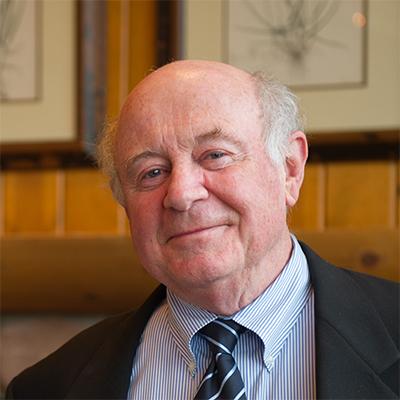This blog was originally posted onFordham’s Flypaper.
We need to take issue with a point in Andy Smarick’s thoughtful review, published in Flypaper, of our new book, A Democratic Constitution for Public Education.
As Andy describes, the book proposes a new local oversight body for public education, the Civic Education Council (CEC). The CEC would have only two powers—annually approve a slate of independently run public schools to operate in the locality and hire a CEO. The CEO would be responsible for conducting the data analysis required to support CEC action and establishing systems to ensure fair treatment of students. The CEC would not have the authority to employ teachers, principals, or administrators other than a small number required to support the CEO.
Andy characterized this arrangement as a continuation of the district and predicted that the transition would never be made, based on the leopard/spots metaphor. But under our plan, the district would be replaced by an entirely new entity, based on new law and established with a totally different set of powers than local school boards now have. It is hard to see how this is the old “district” unless the term is used equivocally (i.e., at one time to describe an organization that operates schools directly and at another time to refer to a geographic area).
Andy also thinks that the role we assign the CEC in overseeing the transition to the new system will preserve the old district. Again, we disagree.
Though the replacement of school boards with CECs would be complete and instantaneous, schools that operated under the old school board would still need to exist to serve the children enrolled in them. This would continue until the CEC either authorized replacements or recognized them as independent school providers eligible to operate under the new rules.
Educators who worked in those schools, or in the central office created by the now-defunct school board, would need to make a transition to the new system. Teachers and principals would transition from being district employees to employees of newly independent schools; their jobs would then depend on those schools’ continuation. Central office employees would have the opportunity to form or join new nonprofit assistance providers who could offer services to schools (which could decide what and whether to buy) or find new lines of work.
These events, unlike the replacement of the school board with the CEC, couldn’t be instantaneous. Existing schools would have to re-form as independent entities and organize themselves to act as employers, fiscal managers, etc. It might take two or three years until all schools could either make this transition or be replaced by new schools. There would also be a temporary need for some old central office units to support pre-existing schools that had not yet made the transition to independent status.
Knowing the need for a transition and not wanting to have two local governing bodies (the old school board and the CEC) both operating at the same time, we recommend putting the CEC in charge of this transition. The state law establishing the CEC could, for example, give it the authority to employ incumbent educators and administrators for up to three years. But the CEC would know from the beginning that their transition authority would go away once and for all when the time was up.
This is messy, or course. But it is better than the alternative of leaving the old school board in place and letting it slowly decline, a process that could take years and have ruinous consequences for the children left in dying schools. It is also better than creating a single-purpose authority to liquidate the old district, because that authority might fight to preserve the district and thus its own role.
No arrangement is perfect, but the best would be to assign responsibility to the CEC, which would have no stake in preserving the old district and a strong incentive to play the permanent role set for it by state law.
Pundits can say that “vestiges of the district should disappear immediately,” but that won’t make it happen. Our book deals with these issues not because of any attachment to the old district model, but because we believe it is better to think through the transition than leave it to chance.




